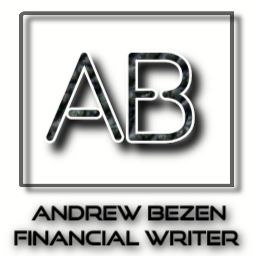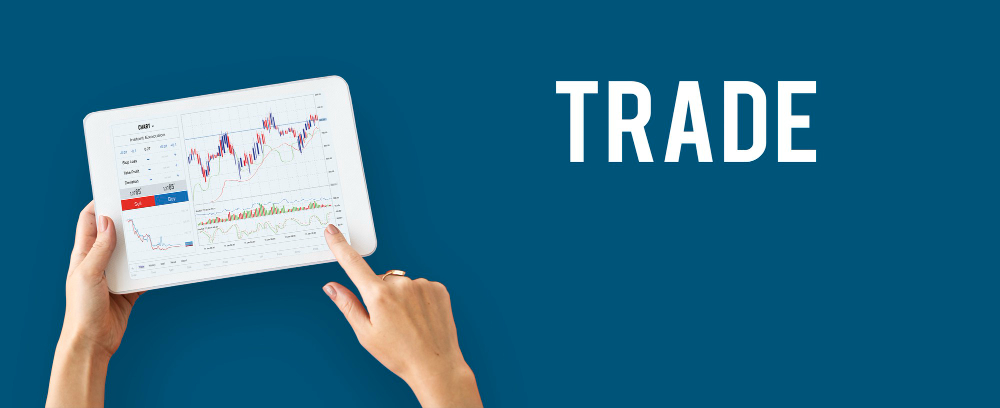Choosing the right platform for forex trading can be a challenging task. With so many options available, it’s easy to get overwhelmed and confused. In this article, we’ll discuss some common difficulties faced by traders when selecting a trading platform and provide insights to help you make an informed decision.
1. Introduction
Forex trading platforms are essential tools for traders to execute trades and monitor the market. However, the abundance of platforms with different features and functionalities can make the selection process challenging. Let’s explore some common difficulties encountered during the platform selection process.
2. Lack of Clarity on Requirements
One of the primary difficulties in choosing a trading platform is the lack of clarity regarding personal requirements. Traders may not be fully aware of their trading goals, preferred trading style, or the specific features they need. This lack of clarity can lead to confusion and indecisiveness when evaluating platforms.
To overcome this difficulty, take some time to define your trading objectives and preferred trading strategies. Consider factors like your risk tolerance, time commitment, and desired level of automation. Having a clear understanding of your requirements will help you narrow down the options and focus on platforms that align with your needs.
3. Technical Complexity
Another challenge traders face is the technical complexity of some trading platforms. Not all traders are tech-savvy, and navigating a platform with a steep learning curve can be discouraging. Complex interfaces, advanced charting tools, and sophisticated order types may overwhelm beginners or those with limited technological experience.
In this case, it all depends on the level of knowledge of the trader, there are both simpler and more intuitive and more complex professional-level tools. Choose platforms that are simple and suit your skill level. For beginners, some platforms provide educational resources, tutorials, or customer support to help you get familiar with the platform.
4. Trustworthiness and Security
Trustworthiness and security are paramount when choosing a forex trading platform. Traders need assurance that their funds and personal information are safe from any potential threats. However, determining the trustworthiness and security of a platform can be a daunting task.
To overcome this challenge, conduct thorough research on the platform’s reputation and track record. Look for platforms regulated by reputable financial authorities, as regulatory oversight ensures certain standards and safeguards for traders. Additionally, read reviews from other traders and consider platforms that prioritize robust security measures, such as encryption and two-factor authentication.
5. Availability of Advanced Tools
Traders often encounter difficulties when evaluating the availability of advanced tools and features on different platforms. Advanced charting capabilities, automated trading options, and access to real-time market data are highly valued by experienced traders. However, not all platforms offer the same level of advanced tools and functionalities.
To address this difficulty, identify the specific tools and features that are important to your trading strategy. If you require advanced charting or automated trading, focus on platforms that provide such capabilities. Consider your long-term goals and choose a platform that allows for scalability and the integration of third-party tools to enhance your trading experience.
6. Compatibility and Accessibility
The compatibility of a trading platform with different devices and operating systems can also pose difficulties for traders. Some platforms may be limited to specific devices or may not offer a seamless experience across different operating systems.
To mitigate this challenge, prioritize platforms that offer both mobile and web versions. Mobile apps allow you to trade on the go, while web-based platforms ensure accessibility from any device with an internet connection. Opt for platforms that provide a consistent user experience across different devices and operating systems.
7. Conclusion
Choosing the right forex trading platform can be challenging due to various factors such as unclear requirements, technical complexity, trustworthiness, availability of advanced tools, and compatibility. By understanding your trading objectives, seeking user-friendly interfaces, prioritizing security, considering advanced features, and ensuring compatibility, you can navigate through these difficulties and find a platform that suits your needs.
8. FAQs
Q1: Are all trading platforms the same? No, trading platforms vary in terms of features, usability, and available tools. It’s essential to choose a platform that aligns with your trading goals and preferences.
Q2: Can I switch trading platforms later on? Yes, it’s possible to switch trading platforms if you find a better fit for your needs. However, it’s important to consider any potential costs or implications of transferring your trading activities.
Q3: How can I ensure the security of my funds on a trading platform? Choose platforms that are regulated by reputable authorities and prioritize security measures like encryption and two-factor authentication. Additionally, follow best practices such as using strong passwords and regularly monitoring your account activity.
Q4: Can I test a trading platform before committing to it? Many platforms offer demo accounts or trial periods, allowing you to test the platform’s features and functionality without risking real money. Take advantage of these opportunities to evaluate a platform before making a final decision.
Q5: Can I use multiple trading platforms simultaneously? Yes, some traders use multiple platforms to diversify their trading strategies or take advantage of specific features offered by different platforms.


